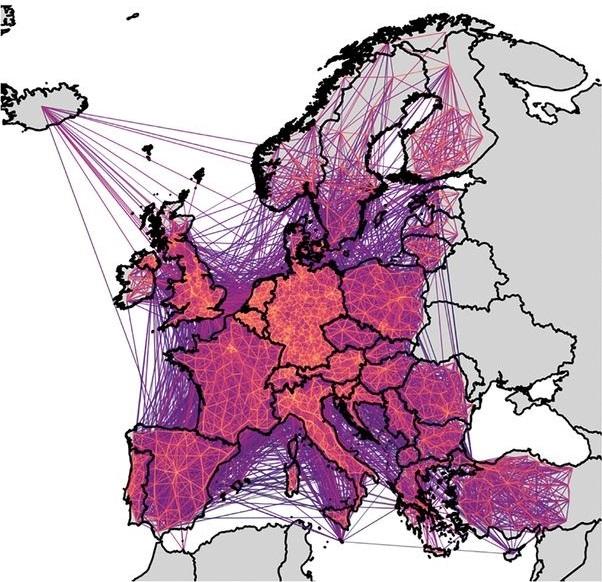Issues
In response to the emergence of new pathogens and their global spread (for instance the Covid-19 pandemic), public health bodies are increasingly using early detection systems to identify health threats by monitoring various data sources. These epidemic intelligence systems use two types of information: "official" sources declared by public health bodies, and "unofficial" sources that relay information from the media, social networks, scientific articles or laboratory data and electronic health records.
In recent years, systems based on unofficial sources have proved particularly good at detecting the emergence of new diseases. The only issue is that they generate vast amounts of data to be processed. MOOD aims to offer epidemic intelligence systems tools for detecting, gathering, storing and analysing data, to ensure more effective health surveillance. In addition to health data, other types of data will also be incorporated, such as climate, animal and human movements, urbanization and deforestation, to assess the links between the risk of the emergence of infectious diseases and global changes.
Description
The MOOD project comprises four stages:
- Five case studies on epidemic intelligence systems in European countries with different socioeconomic statuses, geography, climate, and surveillance methods have already begun. This is focused on Spain, Finland, France, Italy and Serbia, and the European Centre for Disease Control (ECDC).
- Together with the epidemic intelligence stakeholders in these countries, work will then be carried out to characterize their systems and then jointly assess their needs in terms of epidemic intelligence tools and services (models, data, visualization etc).
- Tools and services will be developed and made available to the ECDC and the public health bodies involved in the project and disseminated in Europe and beyond, particularly in the global South.
- Finally, these new co-constructed tools and services will be shared at a reasonable cost and if possible be open source.
Expected impacts
New epidemic intelligence tools will have been developed and adopted by health surveillance players in European Union member countries. This will improve epidemic monitoring in Europe, particularly in terms of airborne, vector-borne and waterborne diseases, antimicrobial resistance, and new diseases (disease X).
Climate change, animal and human movements, population growth and urbanization mean ever greater risks of the emergence of new pathogens and the acceleration of their spread worldwide. How can we identify new signs of epidemics at an early stage? The European MOOD project consortium is working on innovative, user-friendly tools to improve health monitoring in Europe. Three open source modules are currently being built.
Contract partners
- France: ANSES, INRAE, INSERM, University of de Montpellier-LIRMM, GERDAL
- Germany: Mundialis GmbH & Co KG
- Belgium: Institute of Tropical Medicine, Free University of Brussels, KU Leuven, Avia-GIS
- Spain: Instituto de Salud Carlos III
- Italy: Fondazione Edmund Mach/Fondazione Bruno Kessler, Istituto Superiore di Sanità
- Finland: Finnish Institute for Health and Welfare
- Netherlands: Stichting OpenGeoHub
- Portugal: Instituto de Engenharia de Sistemas e Computadores - Investigação e Desenvolvimento
- UK: University of Oxford, Environmental Research Group Oxford Limited, University of Southampton
- Serbia: Institute of Public Health of Serbia
- Switzerland: ETH Zürich, SIB Swiss Institute of Bioinformatics
- USA: International Society for Infectious Diseases Incorporated


























